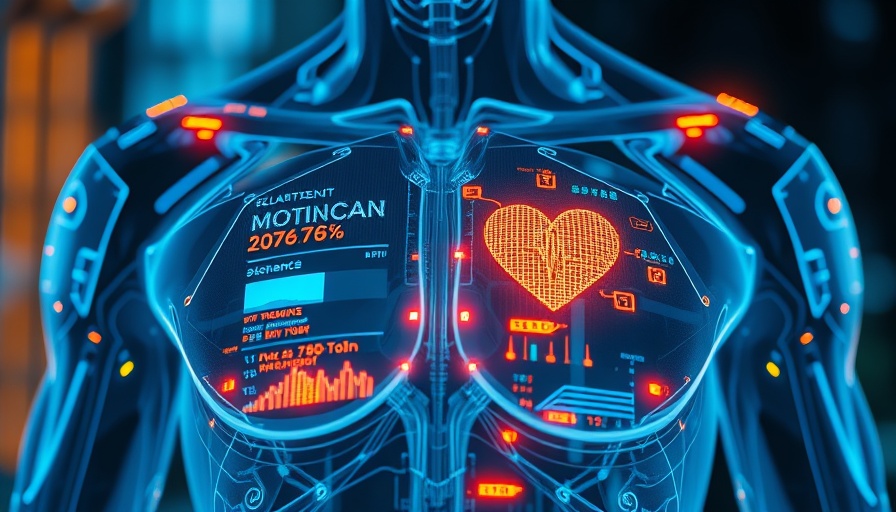
Revolutionizing Medical Monitoring with Skin-like Sensors
A breakthrough in wearable technology, skin-like sensors are reshaping how we monitor vital signs and physical movements. Developed by an international team led by Penn State researchers, these innovative sensors not only promote better health management but are also durable for both external wearable and internal implantation uses.
How It Works: The Science Behind Dual-Conductivity
These sensors leverage a dual-modal conduction system that combines electrical and ionic conductivity. While typical sensors operate through electrical conduction involving electrons moving through metals or carbon, this new design incorporates ionic conduction where charged particles flow through liquid. This unique combination enhances adaptability and effectiveness, particularly in a moist internal environment.
Flexible Design Mimicking Human Skin
Constructed from soft, stretchable materials that closely resemble human skin, these sensors maintain top performance without compromise. Lead researcher Huanyu "Larry" Cheng emphasized the advantage of avoiding trade-offs, achieving low contact resistance with the skin, high sensitivity, and long-term operational stability all within one device.
Applications in Modern Medicine: A Leap Forward
This skin-like sensor could instigate significant developments in several medical fields. For example, bladder function monitoring—currently tested in rodent models—shows great promise for human applications. By measuring both the stretching of bladder walls and electrical activities in surrounding muscles, the sensor has the potential to aid those suffering from incontinence or similar issues.
Future Trends: The Possibilities of Integrated Health Data
As healthcare continues its shift towards personalized medicine, integrating such advanced sensor technologies could become commonplace. This sensor not only allows for real-time monitoring but also holds the potential for therapeutic applications, such as providing electrical stimulation to aid recovery and improve bodily functions.
The Human Connection: How This Innovation Empowers Patients
The emotional impact of such advancements in health technology is significant. With real-time data collection, individuals can take an active role in managing their health conditions. For patients wrestling with chronic issues like bladder control, this technology could be transformative, granting them a sense of autonomy and reassurance in their daily lives.
Call to Action: Embrace the Future of Health Tech
As this sensor technology evolves, it's essential for patients and healthcare providers to stay informed about advancements in health tech. This innovation represents a leap toward effective monitoring solutions and improved quality of life for many. Being aware of such developments can empower individuals to advocate for technologies that serve their health needs.
 Add Row
Add Row  Add
Add 




Write A Comment